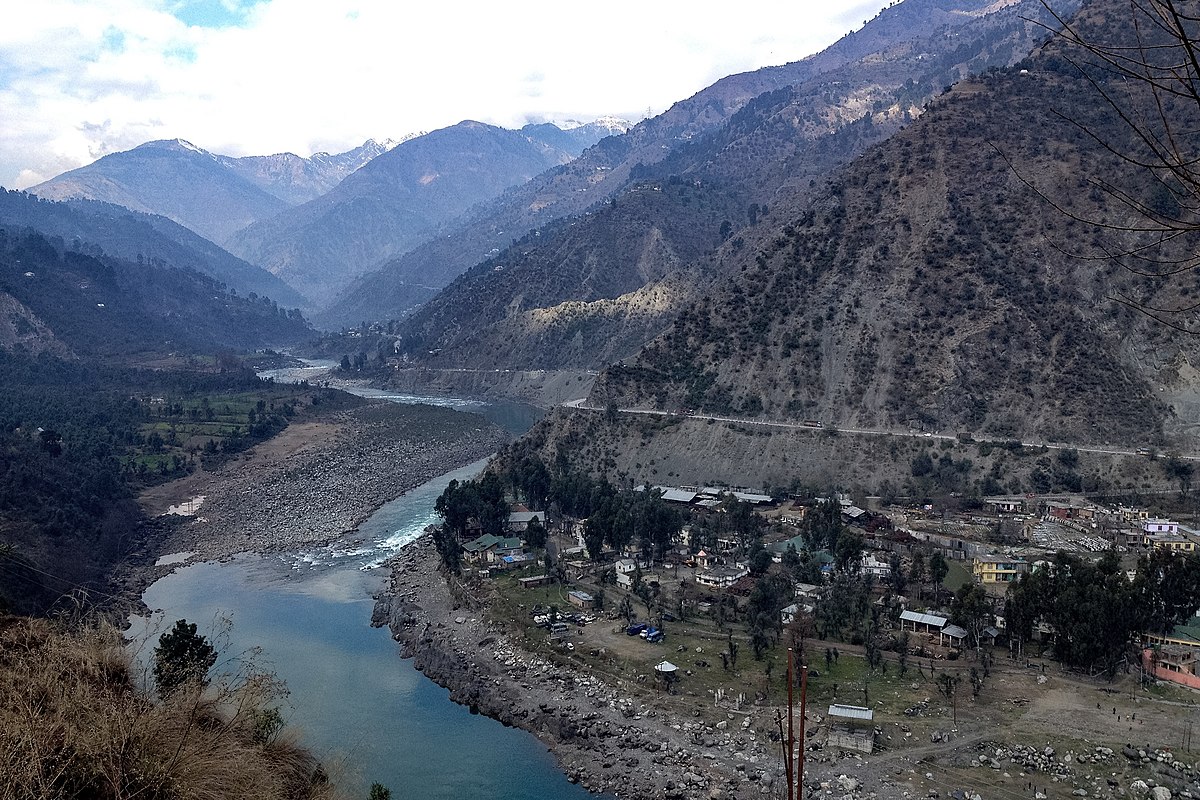Oscar
Moderator
- Mar 28, 2009
- 43,477
- 97,191
- Country of Origin

- Country of Residence

To fiddle swahili -What do you mean "what purpose" IWT serves for India?
Shared river means you look at the population distribution of the river and its hydrology to come to a fair deal for the long term.
That is putting side the heavy geological segregation the Indus + Chenab + Jhelum have from rest of India (and the heavy costs to retain anything locally much less divert anything to Indian landmass)....unlike for Pakistan where it is lifeblood river downstream. i.e near 100% very high hydrological reliance on the upstream controlled by India...especially for Chenab and Jhelum (as Indus does have hydro flow originating withing Pakistan dowsntream proper, one has to look at the hydro data to see the rough % I forgot).
That is why the eastern rivers (Sutlej, Ravi and Beas) are likewise compensated fully to India too.
The high hydrological reliance is reason for IWT:

Indus Water Treaty: 40-member delegation visits Ratle hydroelectric project in Kishtwar - Greater Kashmir
First visit by Pakistani delegates to J&K in over five-yearswww.greaterkashmir.com
As if you look at the dam itself:
Ratle Hydroelectric Power Corporation Limited
Ratle HE Project is a run-of-the-river project proposed on the river Chenab in district Kisthwar of Union Territory of Jammu & Kashmir. Ratle Project will generate annual energy of 3136.76 MUs. NHPC with JKSPDC incorporates a Joint Venture company Ratle Hydroelectric Power Corporation Limitedwww.rhpcindia.com
and Chenab macro hydrology data:

Chenab River - Wikipedia
en.wikipedia.org
A live storage of 24 MCM comes to about
24x10^6 / 1000 = 24000 sec = 7 hours.
This would feel like about a days storage during lean flow period (where flow is 3 times less).
A bunch of dams like this (through flow but with pondage) adds up for the downstream, so thats all part of reason IWT was negotiated.....to not add a heavy unsustainable unnecessary socioeconomic pressure to India - Pakistan relations in the time downstream.
India would have pressed for something similar with China post Tibet occupation (which India did not officially recognise as part of PRC till the 1990s), if China occupied upper riparian intensity of similar nature that India does with Pakistan....or if it controlled Arunachal Pradesh (where large bulk of Brahmaputra water flow originates for India).
But it does not, if one looks at the hydrological data (10% or so peak investable/divertable control, 25% gross control):
Choking the Brahmaputra’s flow – Much ado about nothing?
Controversy around hydropower projects in China calls for transboundary cooperation and dialogue on flood management, riverbank erosion, energy, waterways and ecology.www.preventionweb.net
"The maximum flow during July and August is 45,000 cumecs in Bahadurabad, which is ten times more than 4500 cumecs in Nuxia during the same months of the year."
Find me where this % situation exists regarding Indus, Chenab and Jhelum....between India and Pakistan. If it did, the IWT would not have seen same pressure of formation to begin with, and its structure and detail would be very different too. But things are baked in geologically and hydrologically here uniquely (w.r.t population sizes the rivers flow into) that make the treaty what it is.
@Joe Shearer
What is still escaping the blustering ones on both sides(including ones knowing nothing other than self fellatio) here; is why the statement now?
Why the relatively muted response from the Pakistan side and what relationship this has to certain backdoor “initiatives” being taken from 2017 onwards by a certain crop of leadership in Pakistan coaxed by their relationship elsewhere.
This is not a case of “throw a grenade” because Pakistan is currently in part chaos situation but a gradual probing and gauging over the past decade or so to see how easily (much like 270) can this be removed.
Say what you want for the current crop of numbnuts running India - but the IFS believers pushing this did their research before giving the go ahead.

